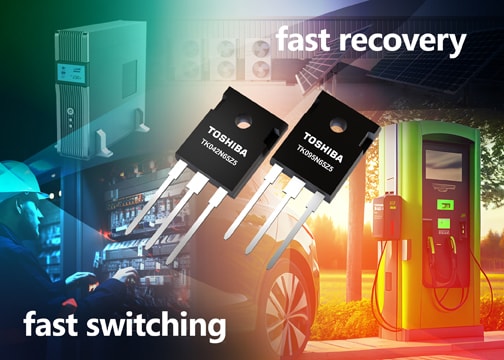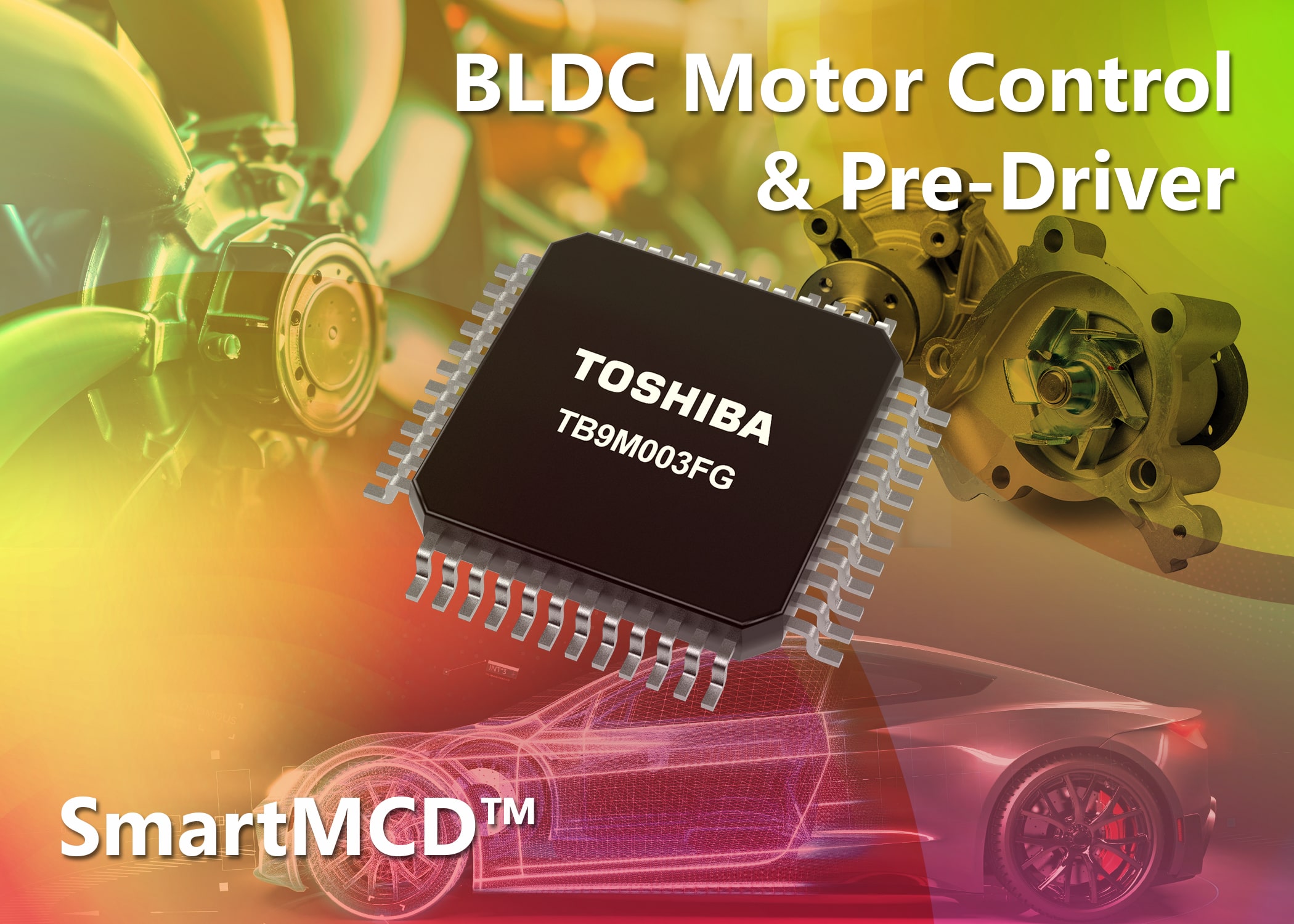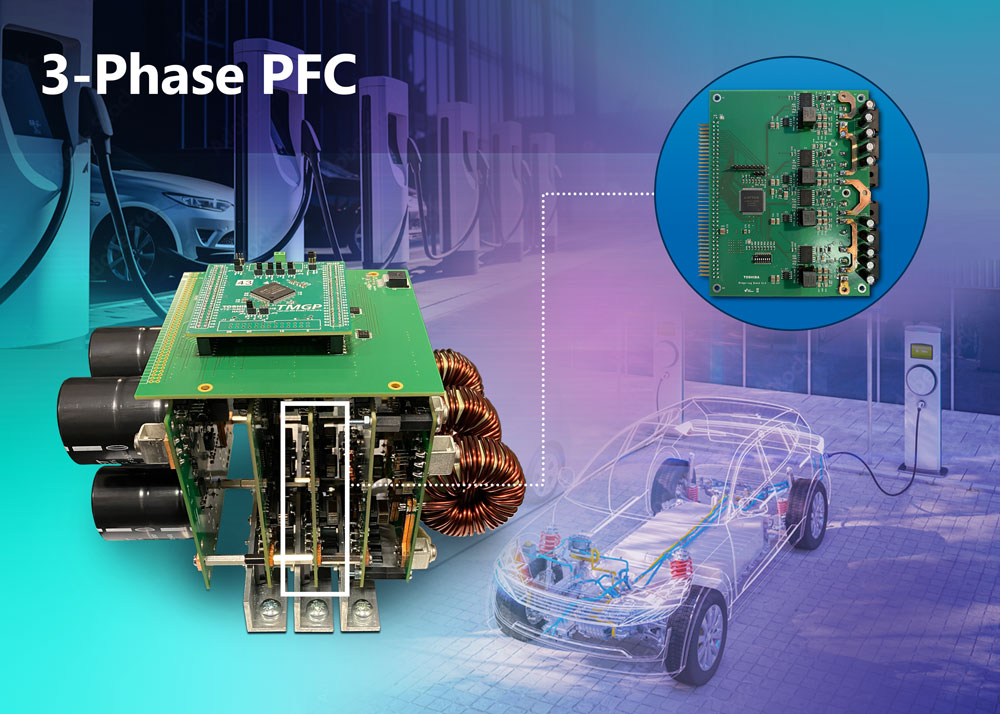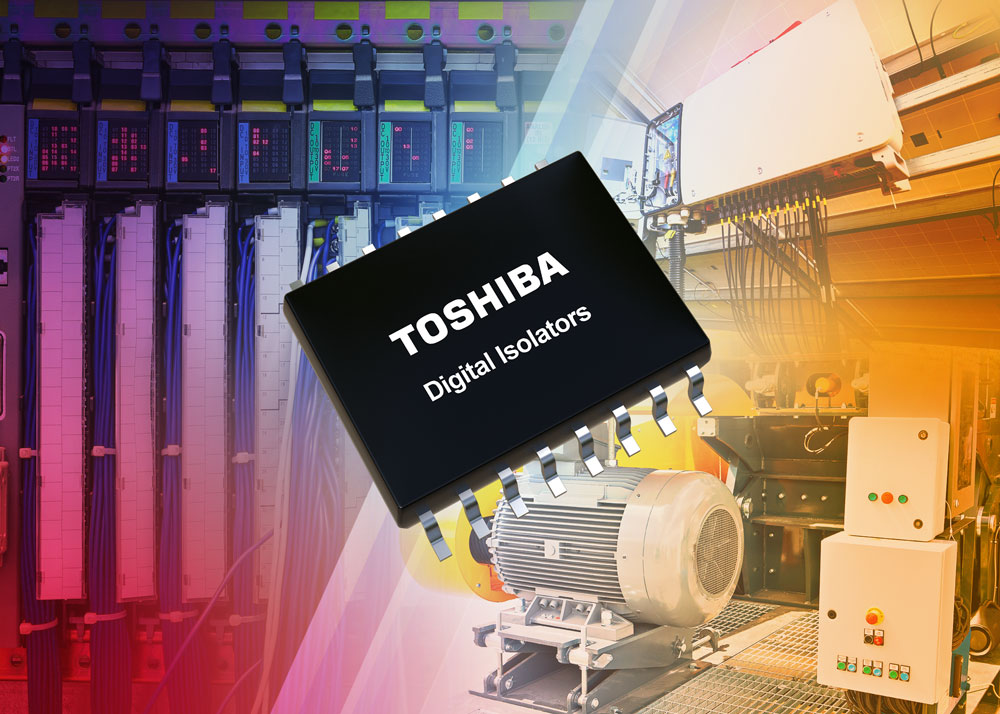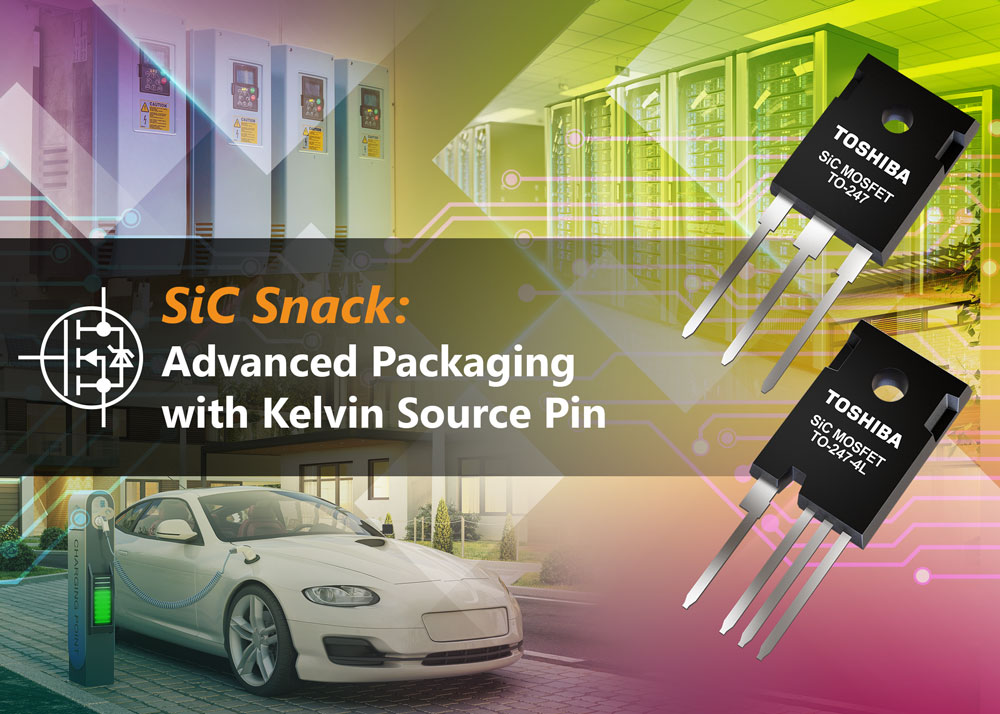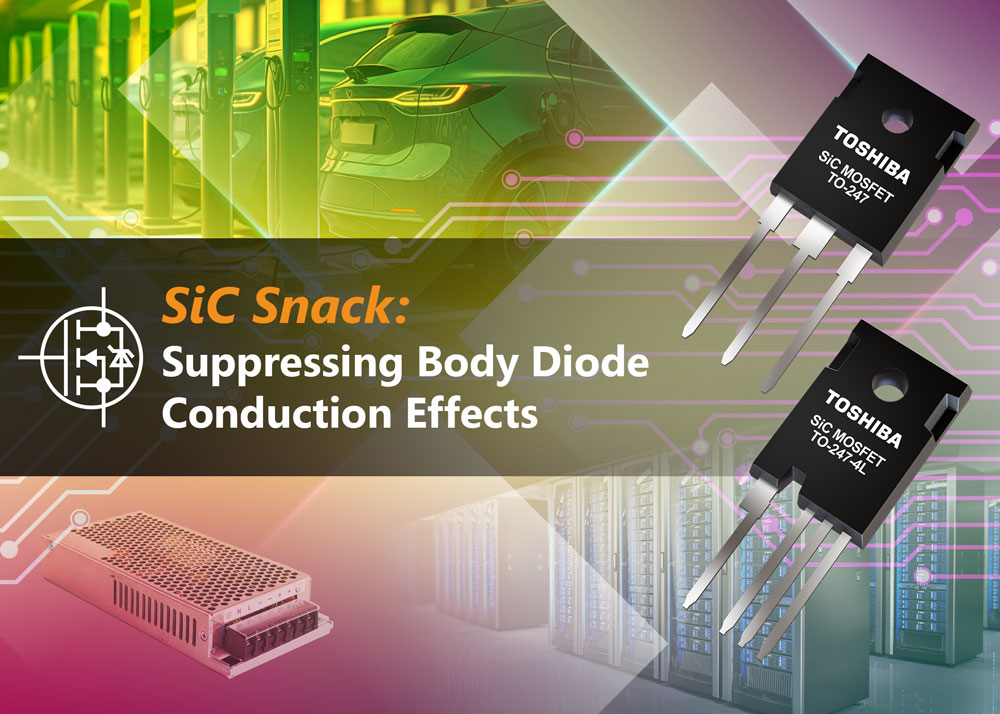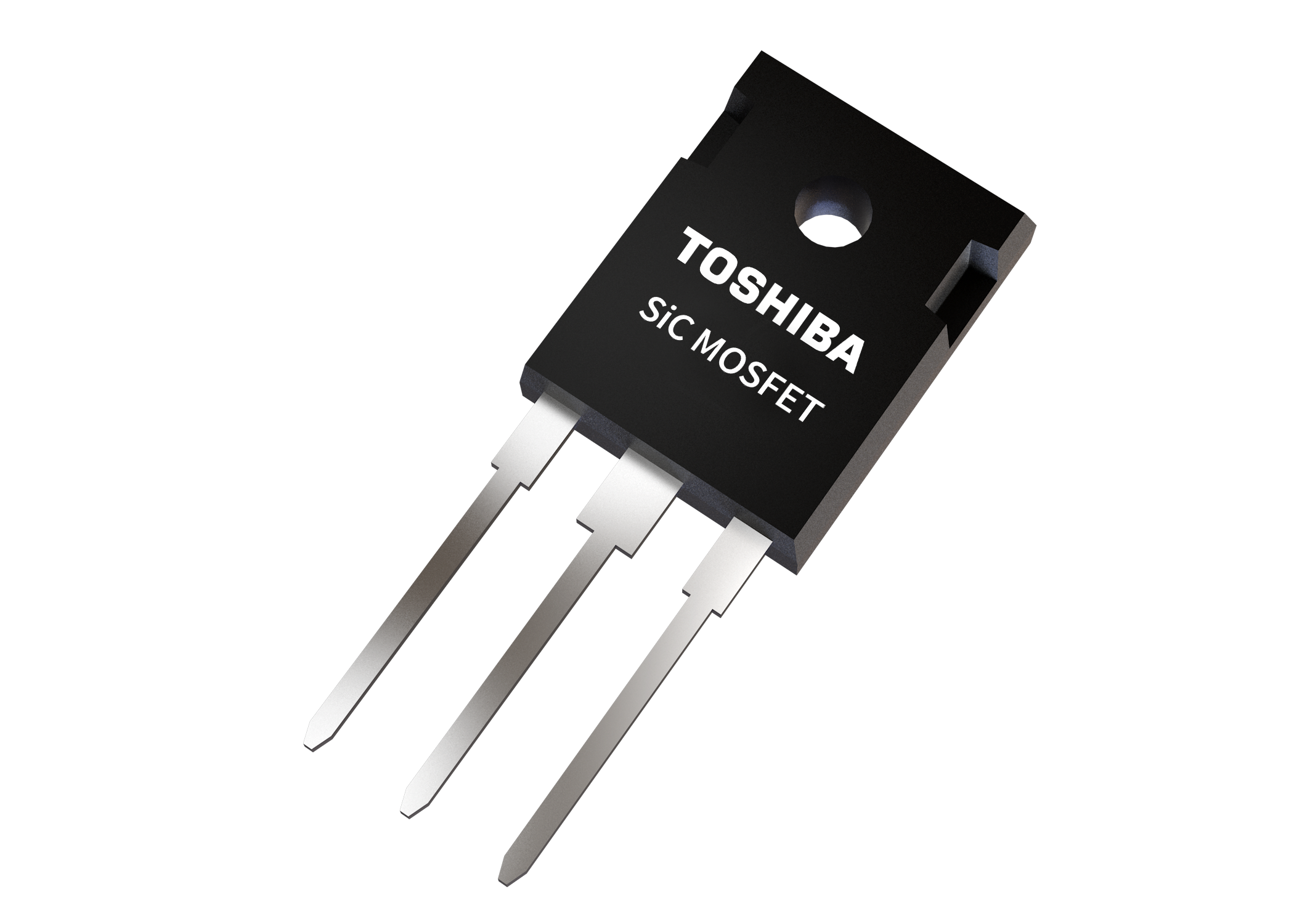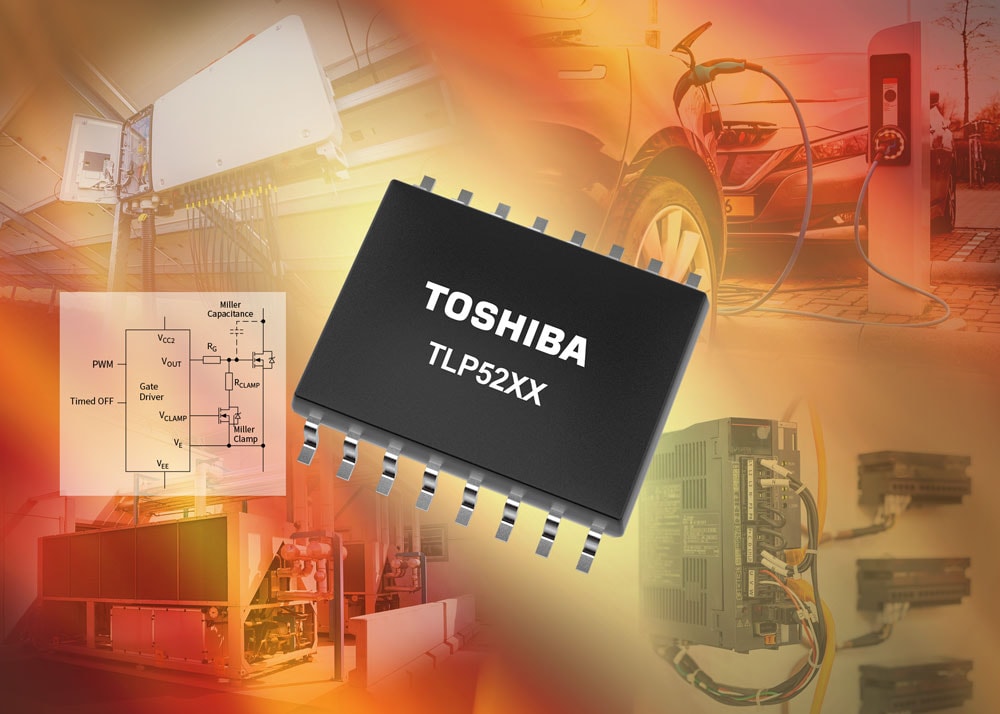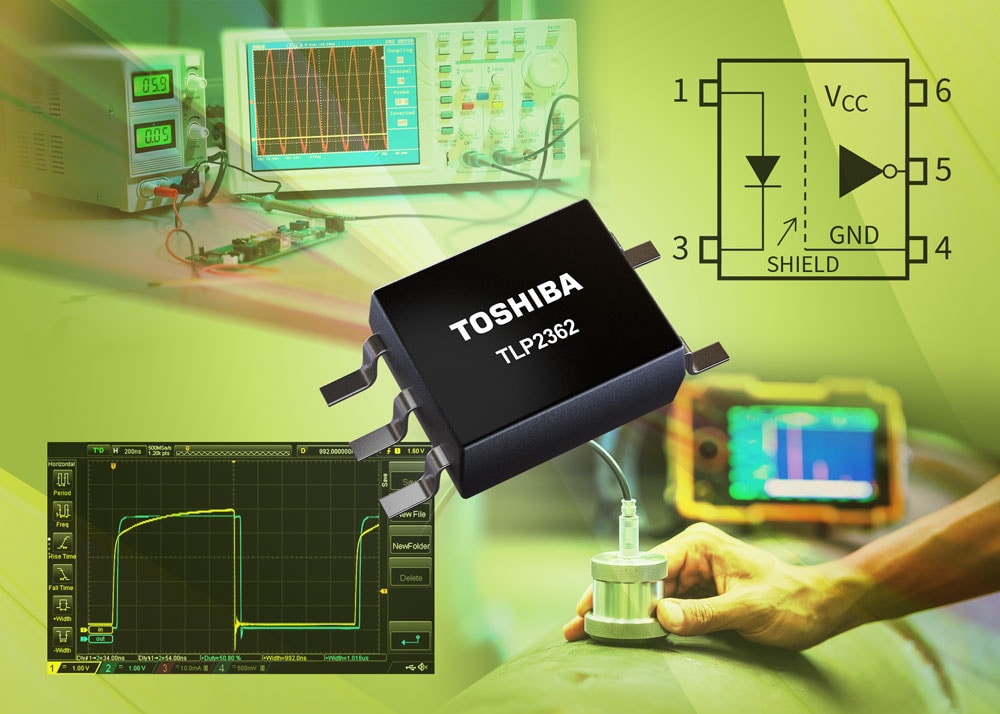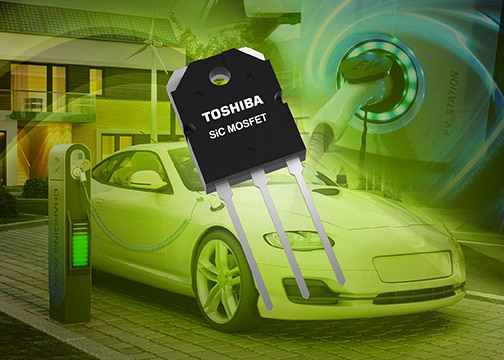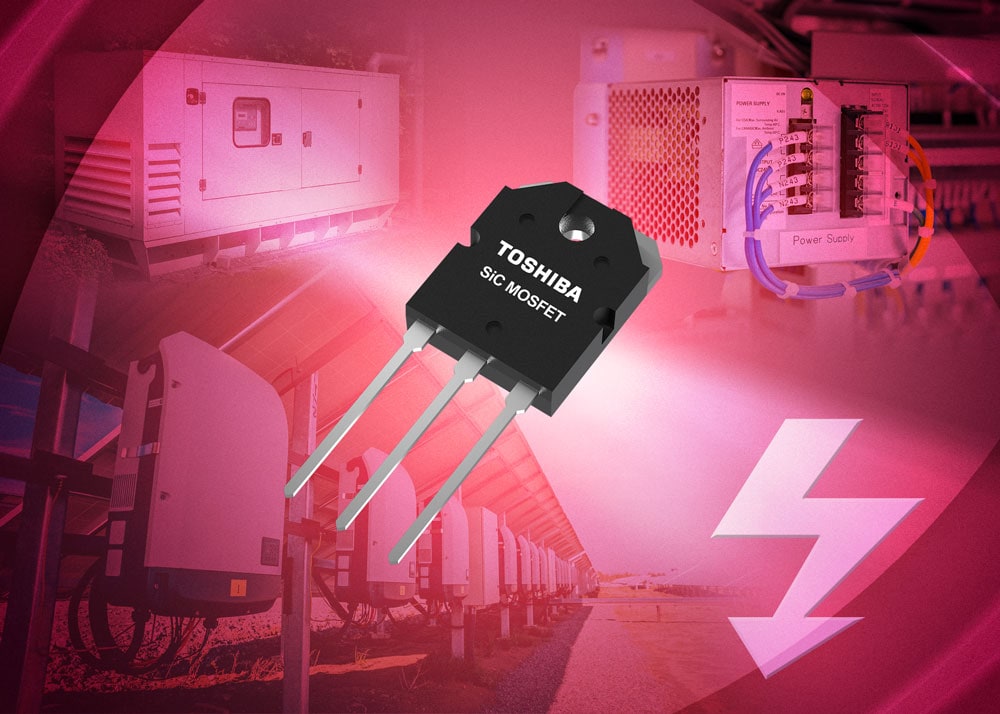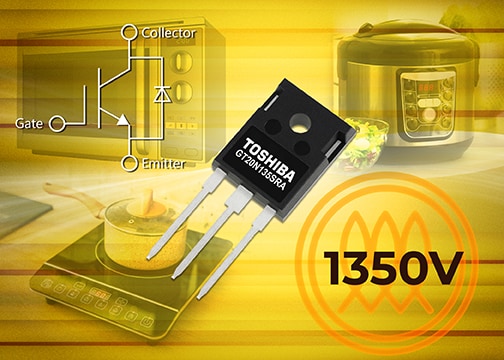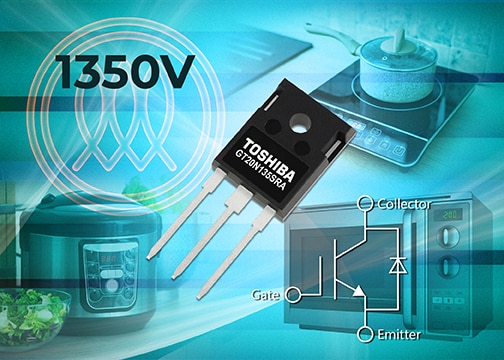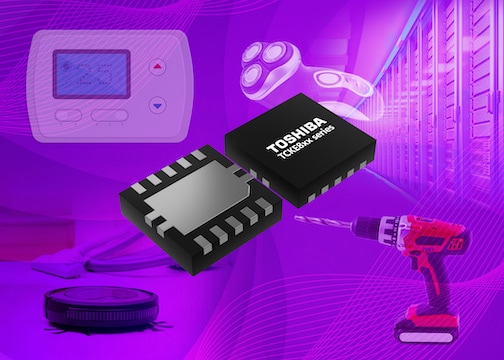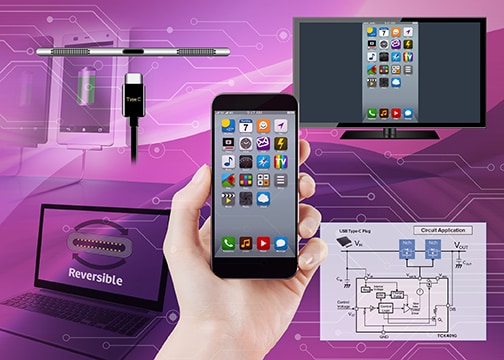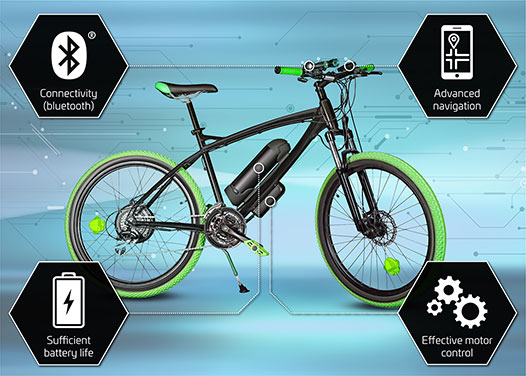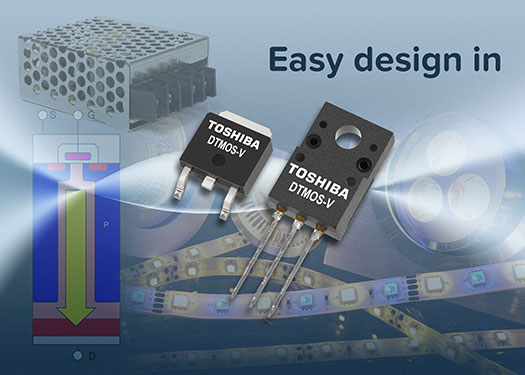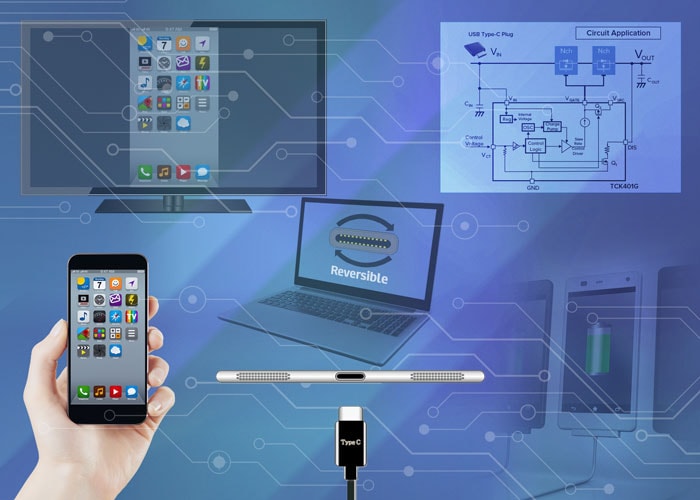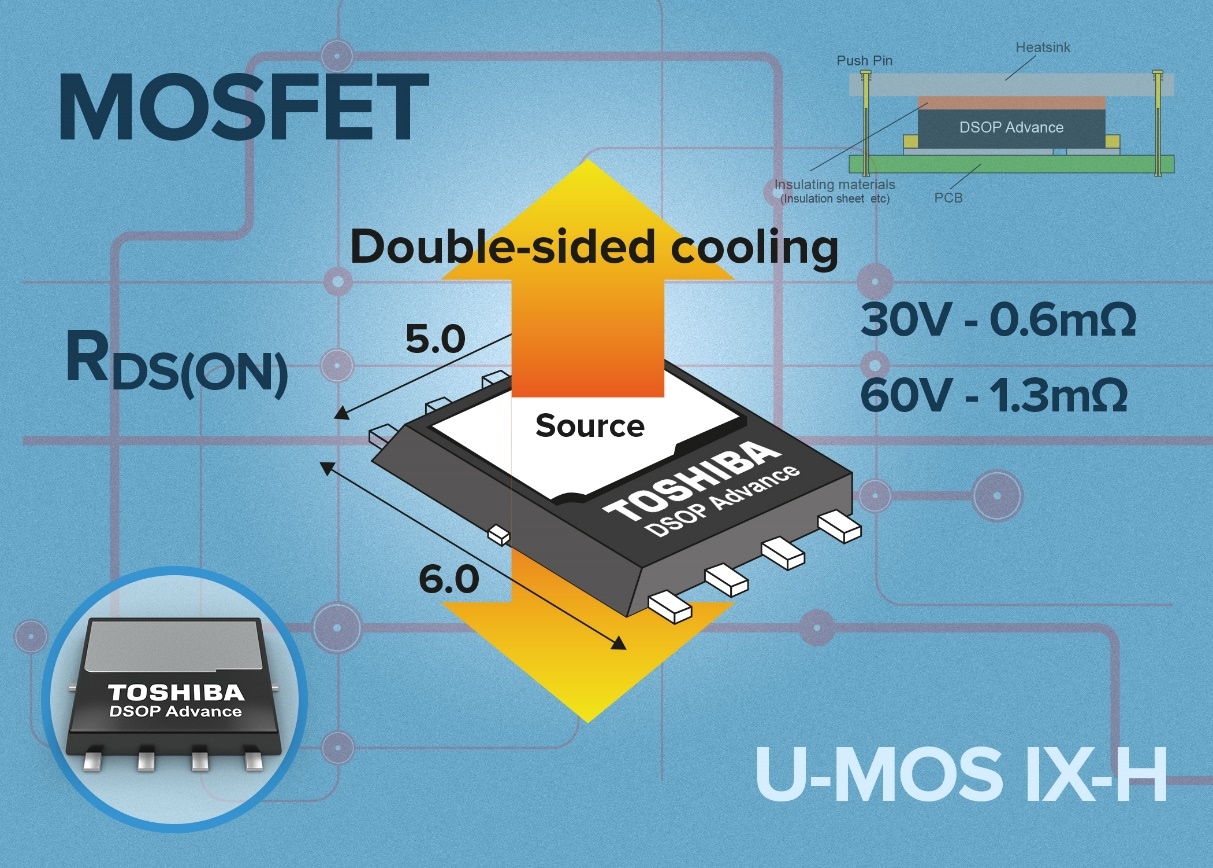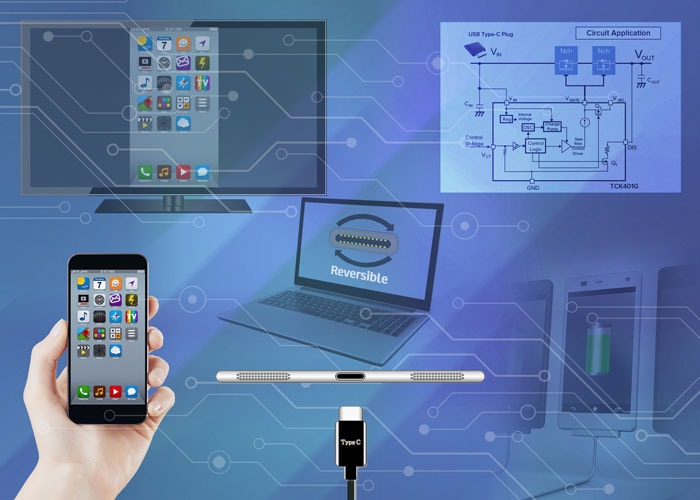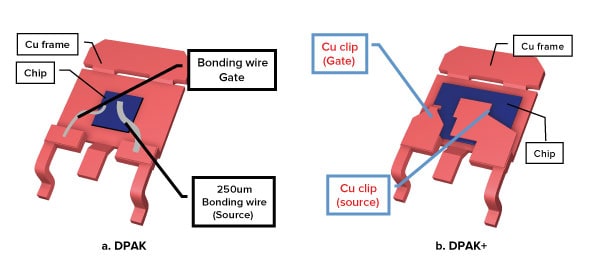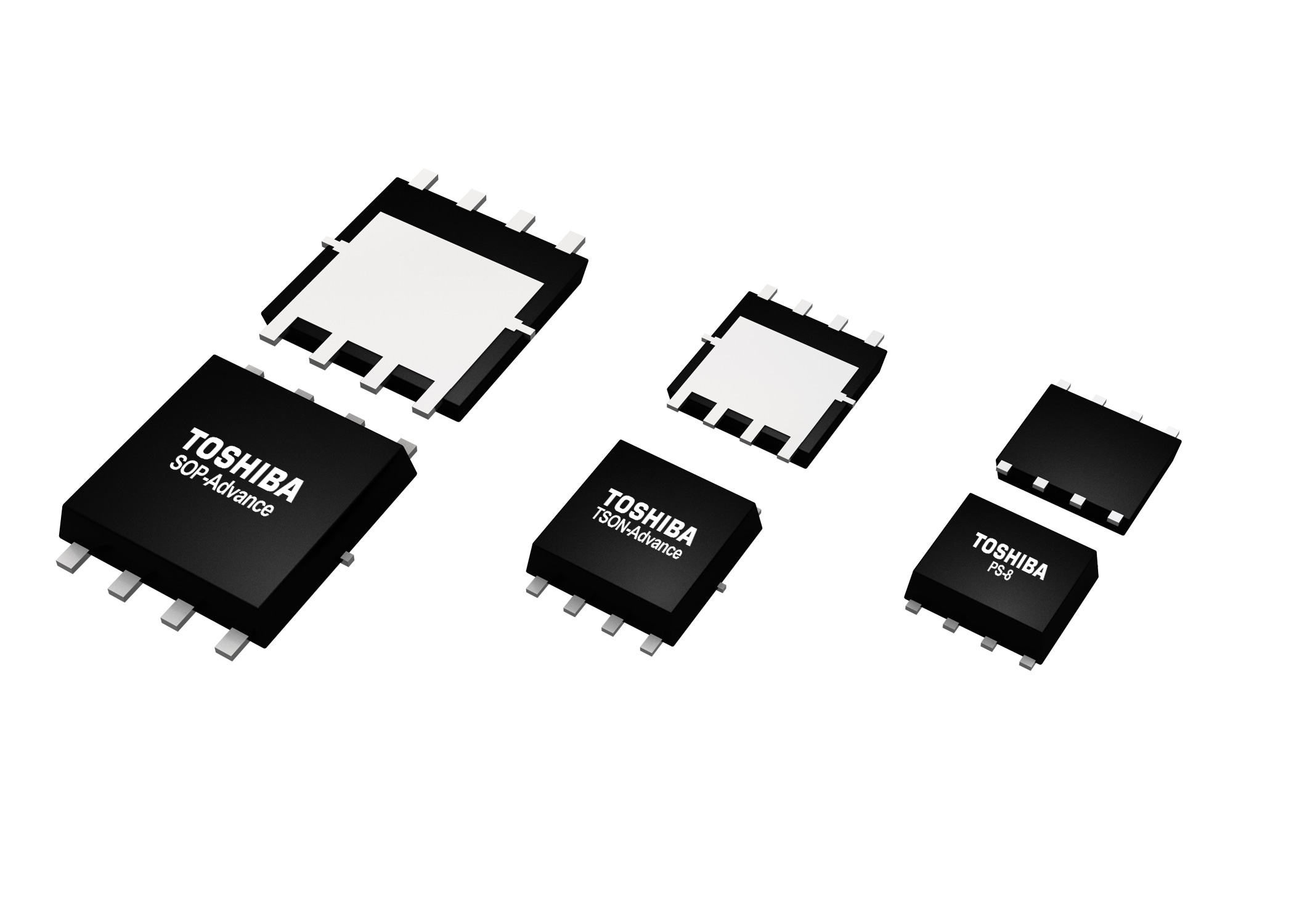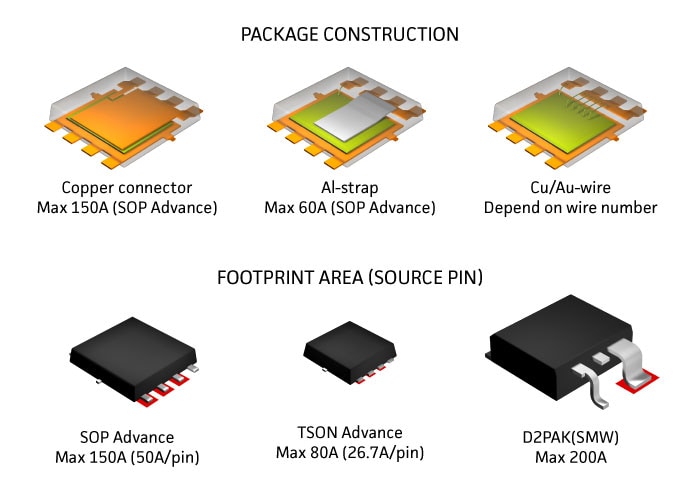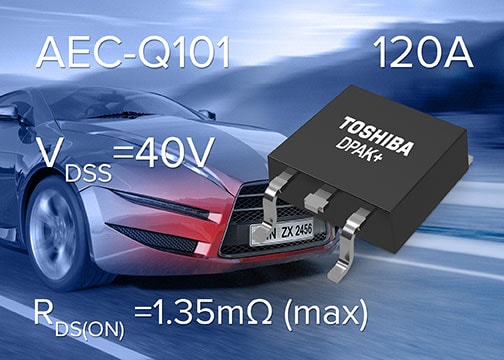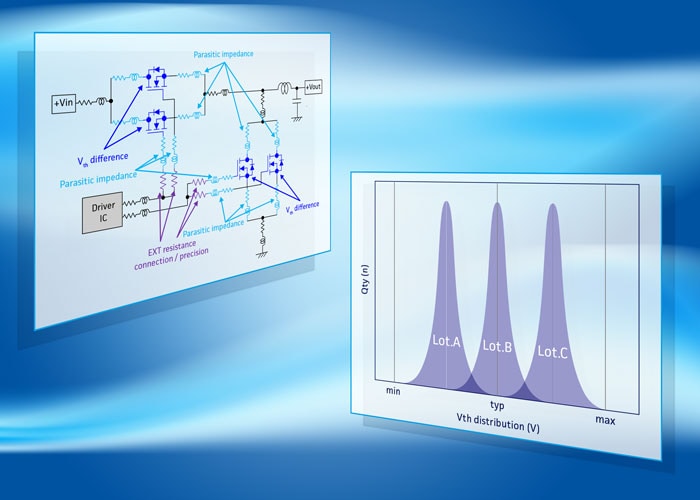- General Top View
-
SEMICONDUCTOR View
-
Applications
Body Electronics
xEV
In-Vehicle Infotainment
Advanced Driver-Assistance Systems (ADAS)
Chassis
Infrastructure
BEMS/HEMS
Factory Automation
Commercial Equipment
IoT Equipment
Healthcare
Wearable Device
Mobile
Computer Peripherals
-
Products
Products
-
Design & Development
Design & Development
Innovation Centre
At the Toshiba Innovation Centre we constantly strive to inspire you with our technologies and solutions. Discover how to place us at the heart of your innovations.
-
Knowledge
Knowledge
Highlighted Topics
Further Materials
Other
- Where To Buy View
-
- STORAGE View
- COMPANY View
- Part Number Search
- Cross Reference Search
- Keyword Search
- Parametric Search
- Stock Check & Purchase
This webpage doesn't work with Internet Explorer. Please use the latest version of Google Chrome, Microsoft Edge, Mozilla Firefox or Safari.
require 3 characters or more.
The information presented in this cross reference is based on TOSHIBA's selection criteria and should be treated as a suggestion only. Please carefully review the latest versions of all relevant information on the TOSHIBA products, including without limitation data sheets and validate all operating parameters of the TOSHIBA products to ensure that the suggested TOSHIBA products are truly compatible with your design and application.
Please note that this cross reference is based on TOSHIBA's estimate of compatibility with other manufacturers' products, based on other manufacturers' published data, at the time the data was collected.
TOSHIBA is not responsible for any incorrect or incomplete information. Information is subject to change at any time without notice.
require 3 characters or more.
Advanced power MOSFET technology addresses cordless power tool challenge
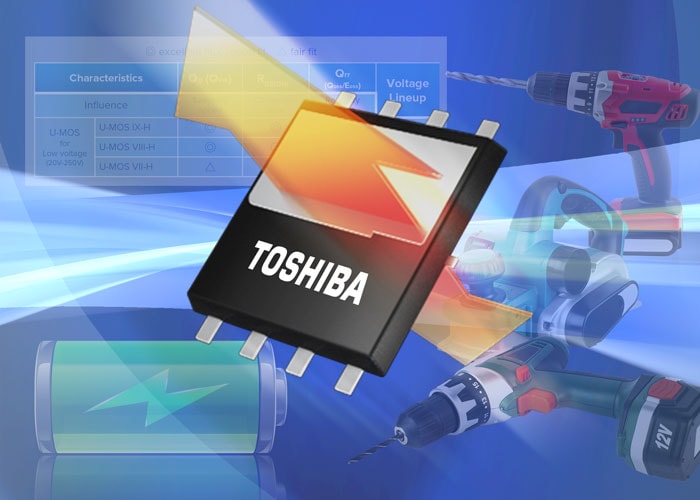
An increased interest in DIY and the need to improve productivity in the industrial sector has driven significant growth in the cordless power tool sector. The recent ‘Global Power Tools Market: Strategic Assessment and Forecast 2017-2022’ report from analysts Research and Markets estimates that, over the course of the next five years, this business will continue to expand. Compound annual growth is predicted at above 6%, leading to a market that is worth $40 billion by the end of this period.
Thanks to the ongoing improvements of Li-ion battery technology, an ever-increasing proportion of this total will be made up of cordless power tools that combine convenience and flexibility with higher degrees of safety than mains-powered alternatives. Indeed, projections by Technavio suggest that by 2021 cordless tools could represent at least 40% of the overall market.
To heighten user experience and comfort and give themselves an edge in a crowded and highly competitive sector, OEMs are looking to make their cordless power tools ever more compact and lightweight. In addition, they want to extend the time between recharges for as long as possible. Each of these factors puts pressure onto the supporting power electronics. To squeeze everything into a compact ergonomic design, decisions need to be made about key items, like the battery and the motor that will be employed.
The smaller the battery, the greater the impact will be on its charging capacity, so every effort needs to be made to eliminate sources of system power loss. Specification of brushless DC motors facilitates more compressed form factors but increased power system complexity. In addition, the elevated power densities that arise from reducing the size of such tools brings heat dissipation issues. These, in turn, could lead to operational failures. Of course, OEMs cannot afford to put the long-term reliability of their products at risk due to the damage this could do to their brand.
From battery charging to motor control, MOSFETs play a key role in the latest cordless power tools. Successful design means choosing MOSFETs that meet application requirements for delivery of high power, extended operation and compact form factors. Advances in the semiconductor processes and the related packing technology used in modern MOSFET construction are allowing new benchmarks to be set in terms of on-state resistance, gate charge and recovery charge. These help to mitigate power losses and lessen harmful heat generation. By offering improved performance parameters while maintaining industry-standard package types, such devices offer OEMs drop-in replacements that mean time and resources do not need to be allocated to redesign work.
To learn more about the latest generation of MOSFET devices available from Toshiba and the impact they are having on power tool design download the following white paper:
